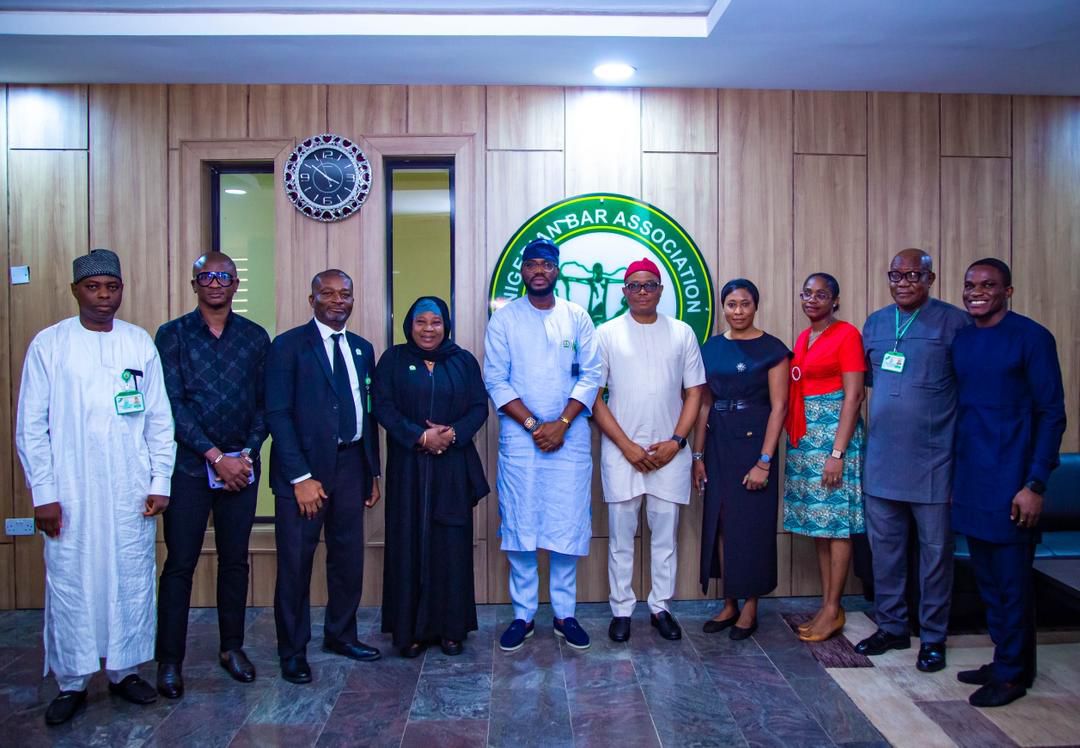Nepal’s president and army are scrambling to agree on an interim leader after a week of deadly anti-corruption protests toppled the government, left parliament in flames, and plunged the Himalayan nation into its worst unrest in two decades.
At least 51 people were killed in the violence, which erupted after security forces attempted to suppress mass rallies led by young demonstrators under the “Gen Z” banner. Protesters torched government buildings, a Hilton Hotel, and parliament itself before the army moved in to restore order.
The military enforced a strict curfew for the third consecutive day on Friday, with soldiers patrolling Kathmandu’s eerily quiet streets. President Ramchandra Paudel and army chief General Ashok Raj Sigdel held talks with political leaders and youth representatives in search of a consensus candidate to head a transitional government.
Among the names floated is Sushila Karki, 73, Nepal’s first woman chief justice, seen as a neutral figure capable of steering the country through crisis. “Experts need to come together to figure out the way forward,” Karki told AFP, adding that parliament technically “still stands.”
But divisions remain deep. Sudan Gurung, a youth leader, said protesters’ “first demand is the dissolution of parliament,” reflecting Gen Z’s push for sweeping political change.
The protests, initially triggered by a ban on social media, quickly spiraled into nationwide chaos. More than 12,500 prisoners escaped during the unrest, police confirmed, with weapons looted from armories and used in street battles.
Ordinary residents cautiously emerged during brief curfew breaks to stock up on food and medicine. “I was very afraid and stayed locked inside my home with family and didn’t leave,” said painter Naveen Kumar Das, 45.
The turmoil underscores Nepal’s deep economic frustrations: youth unemployment stands at 20 percent, while GDP per capita is just $1,447, according to World Bank figures. With over two-fifths of the population aged between 16 and 40, the protests reflect simmering generational anger at corruption and stagnant governance.
“We started this movement so we could make a better Nepal,” said protester James Karki, 24. “And I am positive that the army will listen.”
For now, the country waits as the army and presidency attempt to chart a way forward and contain a volatile movement demanding nothing less than a political rebirth.



